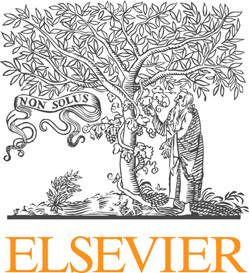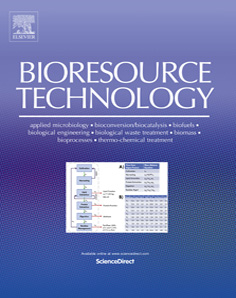|
Introduction
Treatment and disposal of wastewater generated in habitations are one of the key environmental challenges faced in urban localities due to a burgeoning population of the recent decade. Nutrient laden wastewater generated in municipalities has been either untreated or partially treated and directly fed into the nearby water bodies regularly, resulting in nutrient enrichment and algal blooms. Conventional wastewater treatment options are energy and capital intensive as well as inefficient in their capacity of removing nutrients completely. In this context, algal processes are beneficial in terms of removing nutrients through carbon sequestration and a resultant biomass production (Woertz et al., 2009). Algae grows rapidly and assimilate nutrients (C, N and P) available in wastewater (Mahapatra et al., 2013a and Mahapatra et al., 2013b) for which they are useful in nutrient remediation. This algal biomass provides aeration in the water body in addition to having a good valorisation potential with biofuel prospects (Mahapatra et al., 2013a and Mahapatra et al., 2013b).
Higher growth rates and the ability to accumulate lipids have made algae a viable substrate for biofuel when compared to other biofuel feed-stocks (Damiani et al., 2010, Chanakya et al., 2012 and Ramachandra et al., 2013). Microalgae rich in lipids and hydrocarbons are being exploited now to mitigate the impending fuel oil crisis (Ramachandra et al., 2009) as they are renewable, carbon neutral and viable substitutes for fossil fuels. Algae based biofuel generation coupled with wastewater treatment would also counter the diminution of environmental externalities and additional energy expenses (Chen et al., 2011).
The major aspects in establishing an integrated wastewater treatment and biofuel production system are the selection of appropriate species, requirement of modulated illuminating conditions, rapid nutrient removal ability, enhanced biomass productivity, and an efficient algal biomass harvesting capability. Native mixed algal species growing abundantly in wastewater are versatile to changing oxic-anoxic conditions, predominately following a mixotrophic mode of nutrition intake with high biomass productivity throughout the year. Mixotrophic species grow profusely in the carbon (organic C and CO2) dominant environment. Mixotrophic algae unlike dense phototrophic cultures grew even in a light limiting environment (Wang and Lan, 2011), removing nutrients (C, N and P), thereby, possessing high cell densities and productivities (Woertz et al., 2009 and Prathima Devi et al., 2012). These helped in the synthesis of higher lipids and removal of organics in wastewater (Bhatnagar et al., 2010). Earlier studies on nutrient removal and lipid production from wastewater were on uni-algal species like, Chlorella sp. ( Wang et al., 2010), Neochloris sp. ( Wang and Lan, 2011) etc. which grew under closed conditions in laboratories, wherein mixed cultivation systems of algal-bacterial consortium ( Su et al., 2011) and algal-fungal ( Zhou et al., 2012a) consortium existed as against mixed algal species/algal consortia ( Perez-Garcia et al., 2010 and Venkata Mohan et al., 2011). However, investigations on more efficient methods for algal biomass concentration and harvesting require further research.
Nutrient uptake by algae from wastewater has been assessed through cellular biochemical composition and elemental analysis. This helps in the understanding of nutrient transformations such as carbon allocation, lipid synthesis and accumulation. The spectroscopic techniques (like FTIR, etc. – Stehfest et al., 2005 and Dean et al., 2010) are non-destructive, accurate, efficient and fast for compositional analysis. Algal cells, even after extracting lipid, would have fuel values, which is evident from thermal analysis of species, viz., Chlorella sp. ( Sostaric et al., 2012) and derivatives from Botyococcus braunii ( Salmon et al., 2009). This highlights that there is a scope for integrated energy analysis of mixed algal consortium of wastewater systems. The focus of the current work has been the assessment of bioremediation and biofuel potential of algal consortia, optimal harvest mechanism and derivation of thermal properties of algal biomass.
|



